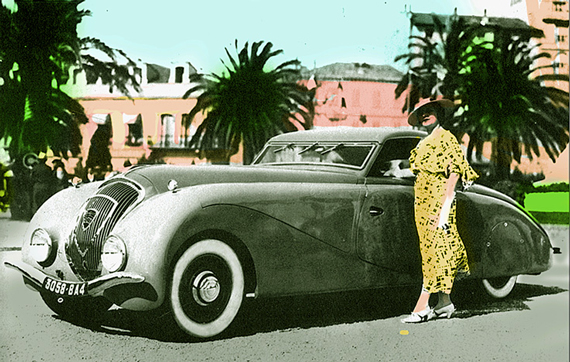
Combination of the three: Emile Darl'mat asked Marcel Pourtout to clothe this Peugeot 601 with a design by Georges Paulin. At the 1935 Concours d’Elegance in Monte Carlo, the actress Josette Day presented this dramatic, ultra-modern, full-width pontoon with Paulin's disappearing hardtop.
By Gijsbert-Paul Berk
This is the story of three men who, in the prewar years and especially during the 1930 ties, combined their ambition, enthusiasm and skills to create a number of unforgettable and trendsetting automobiles. The names of these ‘three musketeers’: Emile Darl’mat (1892 – 1970), a successful Paris car dealer, Marcel Pourtout (1894 -1979), a master craftsman and coachbuilder and Georges Paulin (1902 – 1942), a dentist and a very talented ‘amateur’ body designer.
In 2002 I was lucky enough to interview Claude Pourtout in his office at the Fédération Française de la Carrosserie. Claude was at the time a Vice-President and the historian of this organization. He was also the son of Marcel Pourtout, whose coachbuilding company had built a number of these magic Darl’mat sports cars. He told me quite a lot about the endeavors of his father, his friends Emile Darl’mat, Georges Paulin and the history of the company Carrosserie Pourtout. He also lent me a number of unique drawings and photos, which I was allowed to copy. The originals I returned to him with a draft of my article. We met again at the next Rétromobile show and made an appointment to continue our conversation soon. Unfortunately his health deteriorated and that never happened. When in 2004 he died, I filed my notes because they were incomplete and I more or less forgot about them.
But now I have retrieved them and – with some additional information – here is what he told me.
Emile Darl’mat
 The name Darl’mat literally means ‘a very good person’ in Breton, the language of the French province of Brittany. Although born in the north of France, Emile Darl’mat was indeed a very good person. After he had completed his training as a mechanic and worked in a Renault garage, a wealthy businessman offered him a job as chauffeur/mécanicien. He had to accompany the man to San Francisco and remained there for a year. When in 1921 he returned to France, Darl’mat wanted to become a car dealer. During his stay in the US he had managed to save some money and with a loan from his former employer he could sign a lease contract for a garage at 35 Rue Malar in Paris (a stone’s throw from the Esplanade des Invalides). Darl’mat was a man of action with a clear vision about what he wanted to achieve and from 1923 onward his dealership represented Panhard, Peugeot and La Buire automobiles.
The name Darl’mat literally means ‘a very good person’ in Breton, the language of the French province of Brittany. Although born in the north of France, Emile Darl’mat was indeed a very good person. After he had completed his training as a mechanic and worked in a Renault garage, a wealthy businessman offered him a job as chauffeur/mécanicien. He had to accompany the man to San Francisco and remained there for a year. When in 1921 he returned to France, Darl’mat wanted to become a car dealer. During his stay in the US he had managed to save some money and with a loan from his former employer he could sign a lease contract for a garage at 35 Rue Malar in Paris (a stone’s throw from the Esplanade des Invalides). Darl’mat was a man of action with a clear vision about what he wanted to achieve and from 1923 onward his dealership represented Panhard, Peugeot and La Buire automobiles.
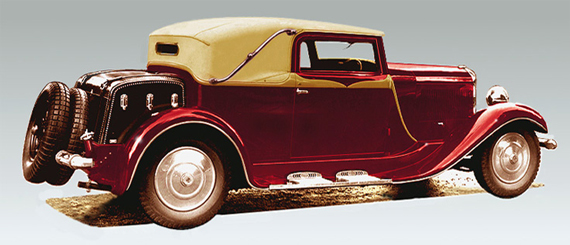
This 1928 Panhard Cabriolet is one of the bodies that started the collaboration and friendship between the Paris car dealer Emile Darl’mat and coachbuilder Marcel Pourtout in Bourgival.
Marcel Pourtout
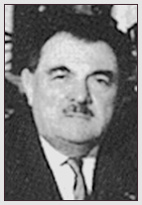 The history of Carrosserie Pourtout is about the fortunes of a French family business, its challenges and its flexibility to adapt to the change of times. If in 1925 the firm of Aubertin, for which he worked, had not stopped its coach building activities, Marcel Pourtout would probably never have started his own enterprise. Pourtout was then 31 years old and had a growing family. After deliberating with his wife Henriette, he decided to establish his own coach building workshop in the village of Bourgival near Paris in the Départment Yvelines. He had an excellent reputation and much practical experience, having worked as an upholsterer for several car manufacturers and coachbuilders, first as an apprentice and later as a subcontractor who worked for his own account. Besides, as a popular former bicycle racer and a veteran of World War I who had survived the heroic battles of the Chemin des Dames and at Verdun, he had many friends and good contacts in places that counted.
The history of Carrosserie Pourtout is about the fortunes of a French family business, its challenges and its flexibility to adapt to the change of times. If in 1925 the firm of Aubertin, for which he worked, had not stopped its coach building activities, Marcel Pourtout would probably never have started his own enterprise. Pourtout was then 31 years old and had a growing family. After deliberating with his wife Henriette, he decided to establish his own coach building workshop in the village of Bourgival near Paris in the Départment Yvelines. He had an excellent reputation and much practical experience, having worked as an upholsterer for several car manufacturers and coachbuilders, first as an apprentice and later as a subcontractor who worked for his own account. Besides, as a popular former bicycle racer and a veteran of World War I who had survived the heroic battles of the Chemin des Dames and at Verdun, he had many friends and good contacts in places that counted.
In the early 1920s, the flexible Weymann-type coachwork was still in great demand. When he began, Pourtout bought all the wooden parts to produce the frames from professional carpenters. The metal elements and components came from other suppliers. Some from Charlie Weymann’s own shop. Marcel Pourtout concentrated his efforts on assembling the frames and covering them with supple skins before the paint was applied. His skill as an upholsterer proved very useful in the construction of these fabric-covered bodies. Henriette was a tremendous help. She took care of the household chores and the children but also did the administration. Their business flourished and by 1928 they worked with 19 employees. The small workshop was regularly filled with expensive chassis of famous marques such as Ballot, Delage, Delahaye Delaunay-Belleville, Panhard, Peugeot, Hispano-Suiza, Hotchkiss, Talbot and Voisin.
The quality and attention to details of Carrosserie Pourtout not only attracted private clients – amongst whom many wealthy industrialists, aristocratic families and even the former French prime minister and hero of WWI Georges Clémenceau, but also the professional trade.
It was common practice in those days that traders or dealers bought a number of running chassis directly from the car manufacturers and commissioned one or several coachbuilder(s) to fit these with a body. That way they could offer complete cars and pocketed a higher margin. One of these traders went even so far as selling his cars carrying a badge with “Carrosserie de Corvia – exécutée par Pourtout”. It is not hard to understand that even if Monsieur de Corvia was a regular customer, Marcel Pourtout was not at all pleased with his initiative.
His relationship with Emile Darl’mat was much more satisfactory. In 1927 Darl’mat commissioned Carrosserie Pourtout a coachwork for the Panhard chassis of one of his clients. The next year Darl’mat exhibited a Pourtout bodied Peugeot on his stand at the Paris Motor show. It was the beginning of a fertile collaboration.
Georges Paulin
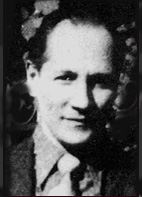 This relationship received an extra dimension when in 1933 a young and shy young dentist by the name of Georges Paulin walked into Pourtout’s workshop and showed him a set of drawings and a scale model of an invention he called ‘Eclipse’ for which in July 1932, he had obtained a French patent under number 733.380.
This relationship received an extra dimension when in 1933 a young and shy young dentist by the name of Georges Paulin walked into Pourtout’s workshop and showed him a set of drawings and a scale model of an invention he called ‘Eclipse’ for which in July 1932, he had obtained a French patent under number 733.380.
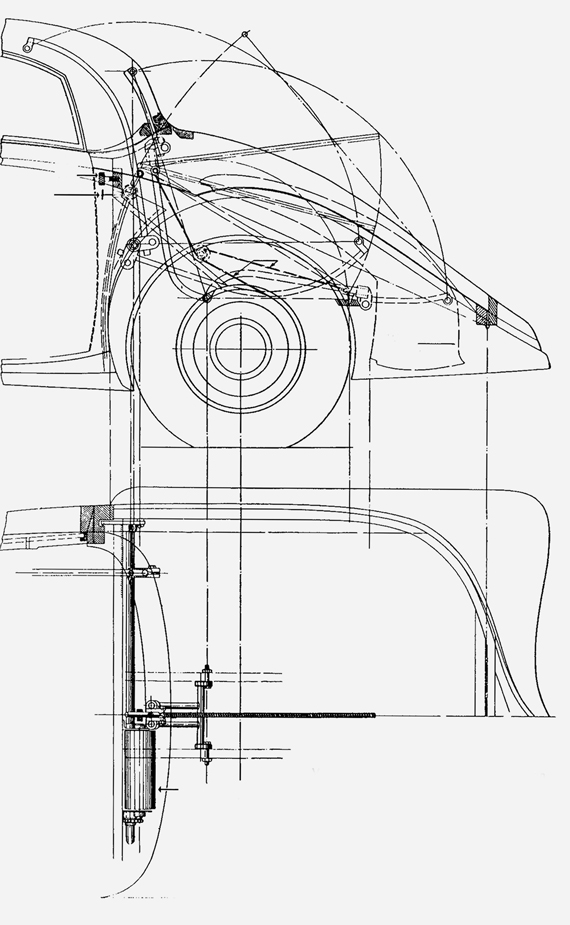
These drawings were part of Georges Paulin’s patent application for the Eclipse disappearing hardtop. According to his description raising or lowering the hardtop was done by hand (cranking) and took 3 to 5 seconds. (Courtesy Claude Pourtout)
The talented Paulin had grown up under rather difficult circumstances. In April 1918, while his father was fighting at the front, his mother was killed in Paris by a German bomb. Georges was then 16 years old. With his younger brother and sister he was then taken to an aunt who lived in Annemasse near the French-Swiss border. After the armistice he was reunited with his father, who had lost the use of his right hand and his job. Georges, who had shown a more talent for making things than for abstract studies, became the apprentice of a dental technician who taught him to mold dentures. At 17 he married this man’s daughter and the whole family moved to Nice, where Georges began his own dental workshop. But when the marriage ended with a divorce he returned to Paris and found employment with the dental institute in the Rue de Rennes, where his younger brother had worked. He remarried and during the evenings and in his spare time he studied to become a full-fledged ‘Chirurgien-Dentiste’. However, since his early boyhood he had loved to make sketches and drawings. Automobiles fascinated him and he had very original ideas. Observing a man struggling to erect the hood of his convertible during a torrential rain, he got the idea for a system to make a metal hardtop disappear in the tail of the car.
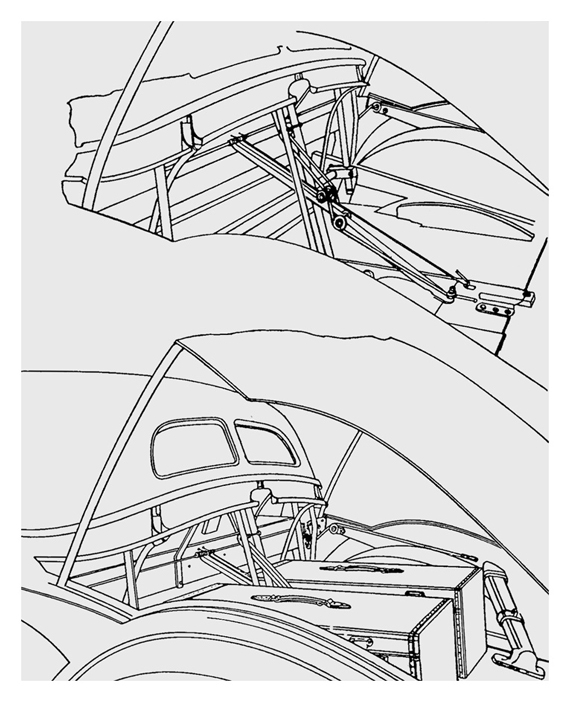
Details of the swivel mechanism of Paulin’s Eclipse hardtop. At first rubber cables were used that because of their elasticity counterbalanced the weight of the metal top. (Courtesy Claude Pourtout)
Marcel Pourtout was very impressed by the ingenuity of Paulin’s ‘Eclipse’ construction. He proposed the idea to a client who had ordered a coupé coachwork on a Hotchkiss chassis. This Monsieur Blum not only agreed but also wanted to take over the patent rights. However, Paulin rejected his offer.
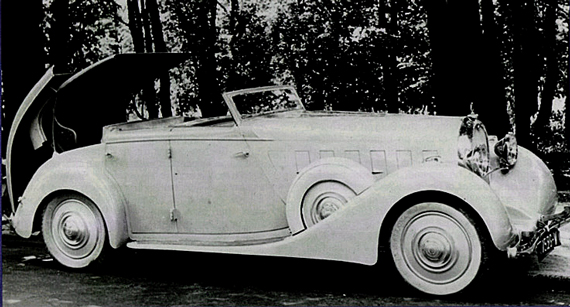
The 1933 Hotchkiss Eclipse, commissioned by a Monsieur Blum. It is believed to be the first car on which Marcel Pourtout used George Paulin’s disappearing hardtop construction. (Courtesy Claude Pourtout)
When Darl’mat saw Paulin’s drawings he commissioned a Peugeot 601 body with an ‘Eclipse roof. He also told Pourtout that he should contact the French writer and filmmaker Marcel Pagnol, who wanted a special body on a similar 601 chassis, and convince him to let Paulin do the design it. When the car made its debut at the 1935 Concours d’ Elegance in Monte Carlo, it received tremendous press coverage. All the leading newspapers and car magazines published photos of it. This was not only because Josette Day, Pagnol’s lovely wife and a well know actress, presented it; the real reason was that Paulin’s design was light-years ahead of its time. Apart from the very practical retractable hardtop, his futuristic Peugeot ‘Eclipse’ had a full wide and streamlined, so called “pontoon” body.
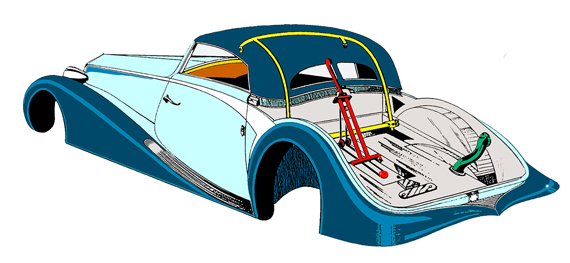
An illustration of Paulin’s Eclipse patent, which appeared in the February 1936 issue of 'La Carrrosserie', the official publication of the French Chambre Syndicale des Carrossiers. (Courtesy Claude Pourtout)
Next week: Part 2 The Glory Years: Lancia, Renault, Bentley.
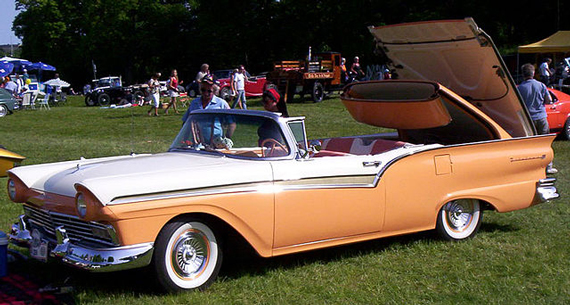
A quarter of a century before this 1957 Ford Fairlane 500 Skyliner (photo by Lglswe - Own work, courtesy Wiki Commons), the French had already invented the concept, with gorgeous results.
Why were there no retractable hardtops between 1965 and 1990? Who invented it? What cars offer one today? Why is it going out of fashion…again? Gijbsert-Paul Berk answers these and many other questions in Top Acrobatics, the saga of the disappearing hardtop.
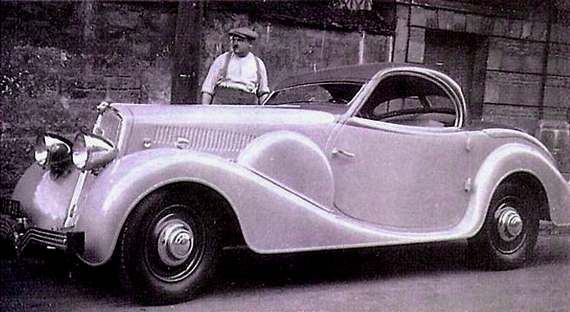
Maybe it isn’t known to all readers: a wonderful book on DARL’MAT was published
last year by ETAI:
http://www.amazon.fr/Darlmat-Peugeot-dexception-Laurent-Corn%C3%A9e/dp/B00JH8KITY/ref=sr_1_1?ie=UTF8&qid=1427219473&sr=8-1&keywords=darl%27mat+des+peugeot+d%27exception
as ever best regards Michael
How wonderful to see story on French coachbuilders and designers.
So pleased to see Paulin, Some years ago I purchased from John Dugdale
photos he took as reporter in 1938 of the Paulin designed Bentley coupe
being tested in Germany then.
Dugdale joked of being ” Boy Reporter “then.
He is better known for his book ” Jaguar in America
Jim Sitz
Jim, thanks for the comments.
We owe author Gijsbert-Paul Berk a huge debt of gratitude for submitting his wonderful stories and sharing his extensive knowledge with us. I’ll get up a list of links to his previous works for VeloceToday and put them all in a forthcoming issue of VT.
Pete
Thank you very much mr. Berk for sharing this in-depth research with us. An interesting read indeed, I’m looking forward to the next part.